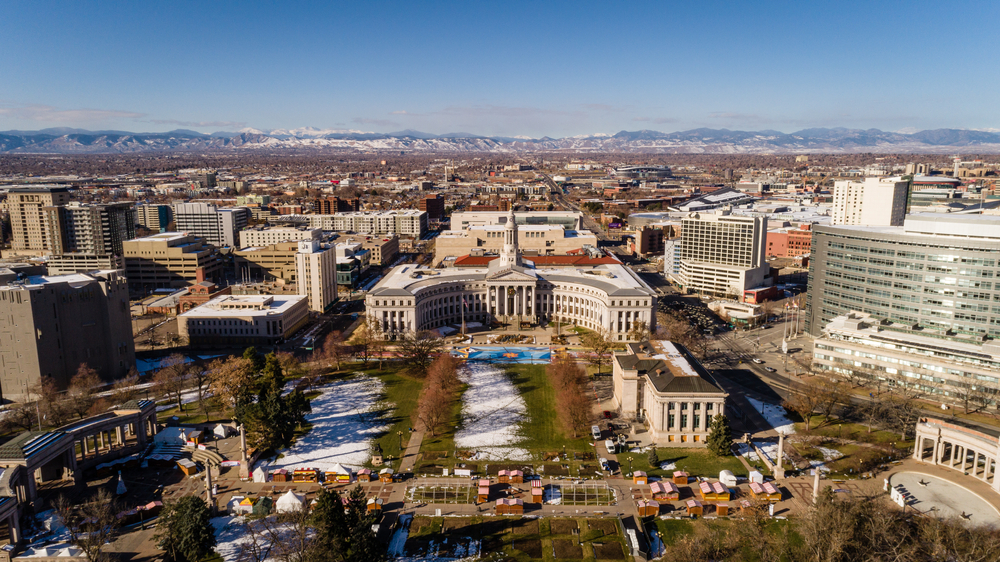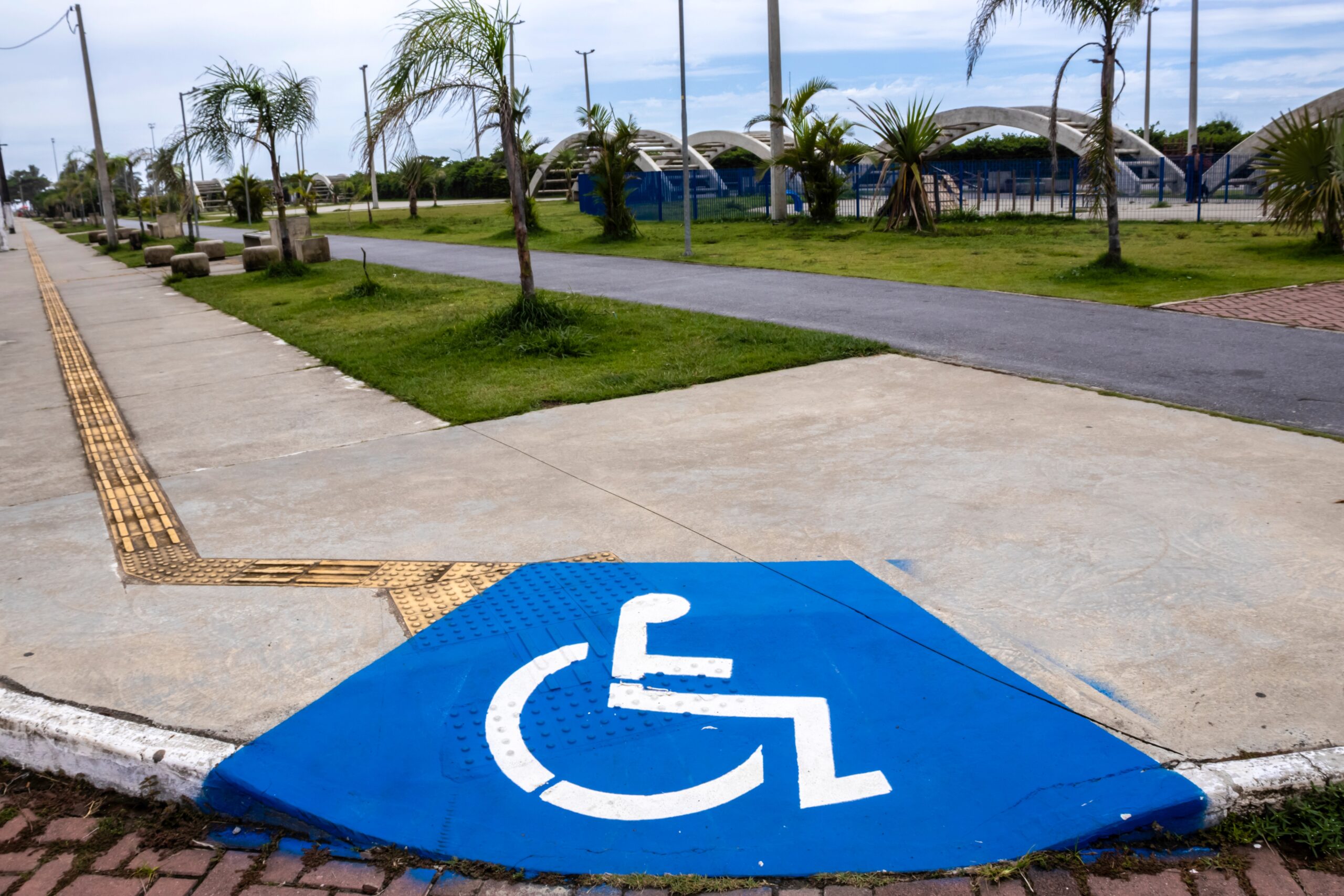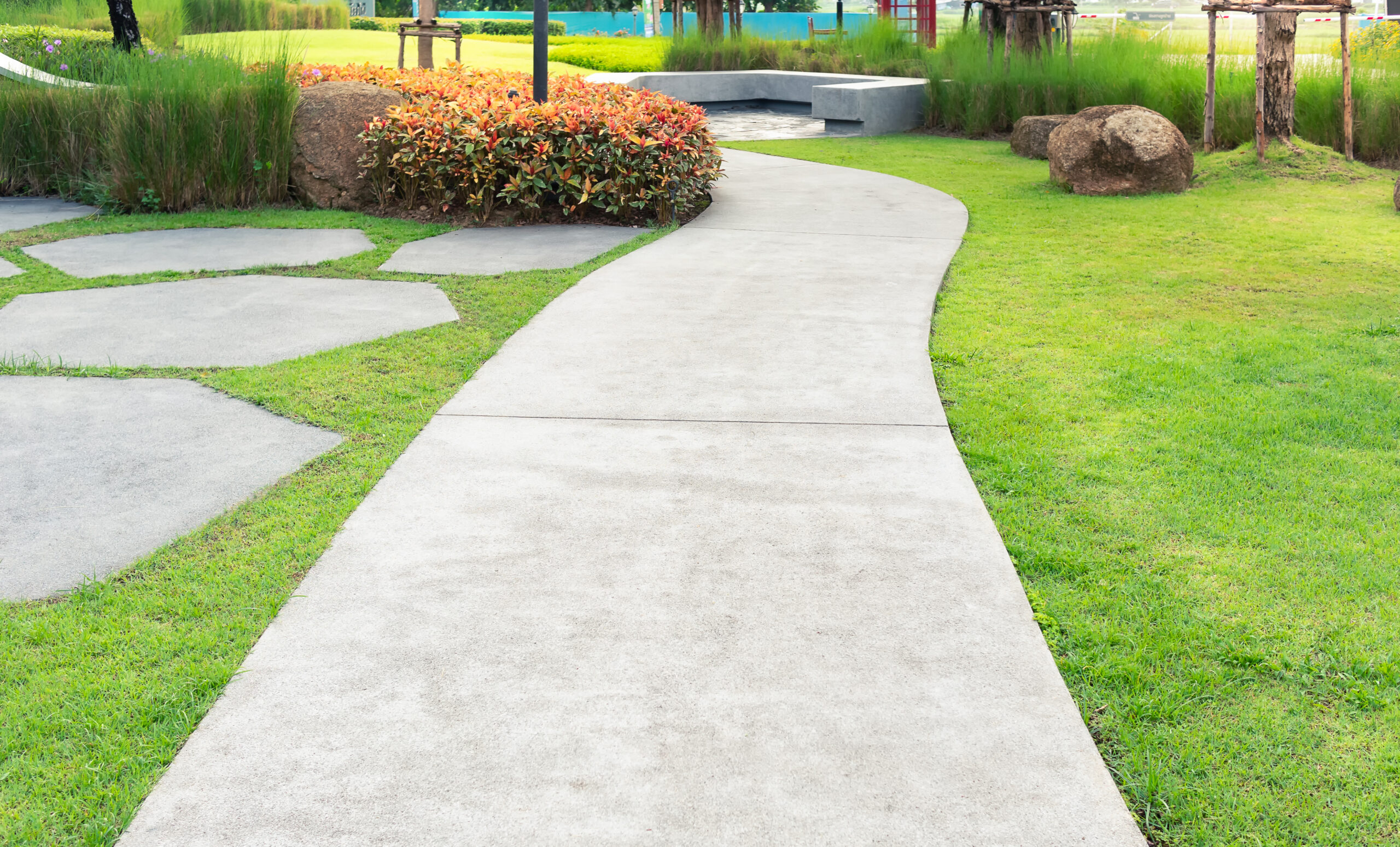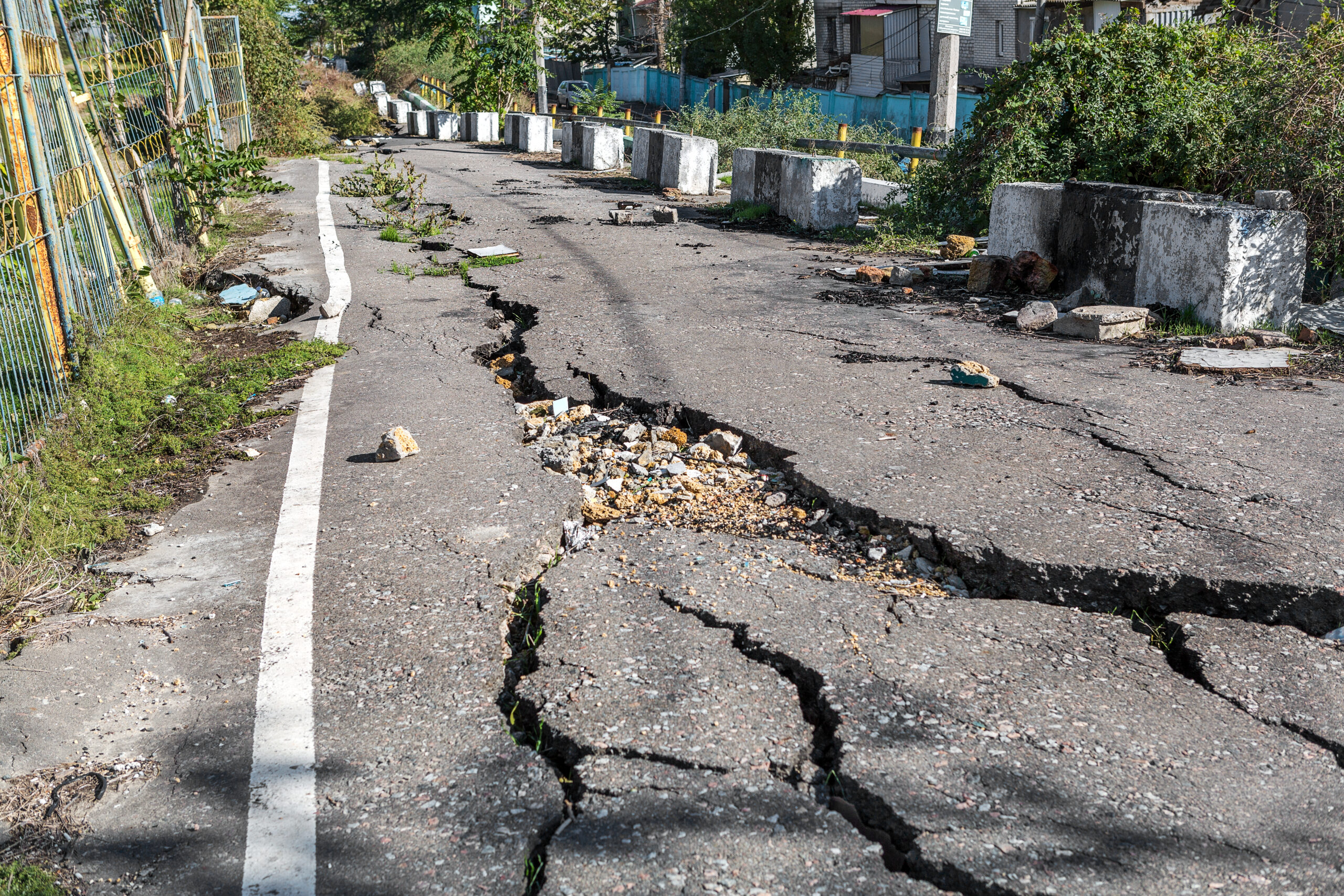
Denver’s unique environmental conditions, driven by its high altitude and intense UV exposure, significantly impact asphalt performance. At 5,280 feet above sea level, the city experiences increased ultraviolet (UV) radiation and temperature fluctuations, which can accelerate asphalt aging and degradation. This analysis explores how these factors affect asphalt, offering insights for property owners and managers seeking to maintain durable pavements.
Environmental Impacts
- UV Exposure: Denver’s elevation results in about 15-20% higher UV radiation compared to sea level, speeding up oxidation and embrittlement of asphalt UV Radiation Increase with Altitude.
- Temperature Fluctuations: The city’s climate features significant day-night and seasonal temperature swings, with frequent freeze-thaw cycles (estimated around 120 days annually) causing mechanical stress and cracking Freeze-Thaw Cycles in Denver.
Practical Implications
Property owners can mitigate these effects with specialized asphalt formulations, UV-inhibiting coatings, and adjusted maintenance schedules. For example, coatings can extend asphalt lifespan by protecting against UV degradation, while regular inspections help detect early signs of damage Asphalt Coatings Solutions.
Survey Note: Detailed Analysis of Denver’s Altitude and UV Exposure on Asphalt Performance
This comprehensive survey note examines how Denver’s high altitude and UV exposure impact asphalt performance, integrating scientific research and local climate data. The analysis is structured to provide actionable insights for property owners and managers, ensuring content is optimized for search engines while delivering value.
Introduction and Context
Denver sits at an elevation of 5,280 feet (1,609 meters) above sea level, a factor that significantly influences its environmental conditions Denver Elevation. This altitude, combined with intense UV radiation and temperature fluctuations, creates unique challenges for asphalt pavements. Asphalt, a bituminous material, is susceptible to aging through oxidation, thermal stress, and moisture-related degradation, all exacerbated by Denver’s climate. This report aims to detail these impacts, supported by verifiable data, and offer preventative strategies.
Denver’s Unique Environmental Conditions
Denver’s environmental conditions are shaped by its high altitude, leading to reduced atmospheric pressure and increased UV penetration. The city’s climate is classified as semi-arid, with an average annual temperature of 48.2°F and significant seasonal variations Denver Climate Data. These conditions affect asphalt performance through several mechanisms:
- Elevation and Atmospheric Conditions: At 5,280 feet, Denver experiences a thinner atmosphere, reducing oxygen partial pressure. While oxygen concentration remains at 21%, the lower pressure may slightly affect oxidation rates, though UV radiation is a more dominant factor Oxygen Levels at Altitude. Neighborhoods like Capitol Hill, at similar elevations, face comparable challenges.
- UV Radiation Intensity: UV radiation increases by approximately 10-12% per 1,000 meters of elevation gain, resulting in a 15-20% higher exposure in Denver compared to sea level UV Radiation at Altitude. Historical UV index data for Denver shows averages reaching 8.23 in July, significantly higher than sea-level cities Denver UV Index. Local geographic features, such as proximity to the Rockies, enhance this effect.
- Temperature Fluctuations: Denver’s climate features large diurnal and seasonal temperature swings. Average highs in July reach 89°F, while January lows drop to 17°F, with frequent freeze-thaw cycles Denver Weather Averages. These cycles, estimated at around 120 days annually based on climate data, contribute to mechanical stress on asphalt.
Detailed Mechanisms of Impact
Oxygen Concentration and Oxidation Acceleration
At higher altitudes, the partial pressure of oxygen is lower, potentially reducing the rate of atmospheric oxidation. However, research suggests that for asphalt, UV-induced photo-oxidation is more significant. Studies indicate that oxidation rates increase with UV exposure, with Denver’s conditions likely accelerating chemical deterioration Asphalt Oxidation. This process involves the formation of carbonyl and sulfoxide groups, hardening the asphalt binder.
UV-A and UV-B Exposure Effects on Bitumen
UV radiation, particularly UV-A (315-400 nm) and UV-B (280-315 nm), penetrates asphalt surfaces, triggering photochemical reactions. UV-B, with higher energy, is more damaging, causing molecular bond breaking and free radical formation, leading to oxidation and embrittlement UV Aging of Asphalt. In Denver, the increased UV intensity (19.3% higher based on 12% per 1,000 m) accelerates this degradation, reducing asphalt flexibility and increasing crack susceptibility.
Temperature Fluctuation Challenges
Denver’s temperature variations, with day-night differentials often exceeding 20°F, induce thermal expansion and contraction in asphalt. The thermal expansion coefficient for asphalt is approximately 0.00001 per °F, leading to stress under rapid changes Thermal Expansion. Freeze-thaw cycles, where water in cracks freezes and expands, exert mechanical stress, with each cycle potentially causing microfractures. Denver’s estimated 120 freeze-thaw days annually, based on climate data, significantly contribute to pavement damage Freeze-Thaw Impact.
UV-Induced Degradation Mechanisms
UV radiation initiates photochemical reactions in bituminous materials, converting lighter components to heavier ones, increasing molecular weight. This process, detailed in studies, involves free radical formation, molecular chain scission, and polymer crosslinking, leading to oxidative hardening Photochemical Reactions. In Denver, the higher UV intensity exacerbates these effects, with surface oxidation leading to binder embrittlement over timeframes as short as 5-10 years under local conditions.
Altitude-Related Moisture Behavior
At higher altitudes, lower atmospheric pressure (approximately 83% of sea level at 5,280 feet) increases evaporation rates, affecting moisture retention in asphalt. Studies suggest that moisture evaporates faster, potentially leading to surface drying but also slower internal moisture loss, impacting pavement integrity Evaporation Rates. This can exacerbate freeze-thaw damage by retaining water in voids, with Denver’s dry climate (15 inches annual precipitation) amplifying these effects.
Fatigue Cracking and Load-Bearing Capacity
Denver’s environmental conditions reduce fatigue resistance, with UV and thermal factors contributing to crack propagation. Traffic loads, particularly in heavy corridors like I-25, interact with environmental degradation, amplifying cumulative damage. Studies show that combined stressors reduce load-bearing capacity by up to 30% under Denver’s conditions, with neighborhood-specific traffic patterns (e.g., downtown Denver) increasing stress Fatigue Resistance.
Preventative Strategies and Maintenance
To mitigate these challenges, specialized asphalt formulations, such as polymer-modified asphalt, enhance UV and thermal resistance Specialized Formulations. Protective coatings, including UV-inhibiting sealants, extend lifespan by 20-30%, with performance data supporting their efficacy Protective Coatings. Maintenance schedules should be adjusted, with inspections every 6 months in Denver to detect early UV and altitude-related deterioration, focusing on surface hardening and cracking Maintenance Best Practices.
FAQ and Comparative Analysis
Common questions include how Denver’s conditions compare to sea-level cities like Los Angeles, where UV exposure is lower (average UV index 6 vs. Denver’s 8.23 in July). Comparative studies show Denver’s asphalt ages 15-20% faster due to UV and altitude, with regional differences highlighted in engineering resources Regional Comparison.
Tables
| Factor | Denver Value | Impact on Asphalt |
| Elevation | 5,280 feet (1,609 m) | Increases UV exposure by 15-20% |
| Average UV Index (July) | 8.23 | Accelerates oxidation and embrittlement |
| Freeze-Thaw Cycles | ~120 days annually (estimated) | Causes mechanical stress and cracking |
| Annual Precipitation | 15 inches | Affects moisture retention and drying |
| Preventative Measure | Description | Benefit |
| Polymer-Modified Asphalt | Enhances UV and thermal resistance | Increases durability by 20-30% |
| UV-Inhibiting Coatings | Blocks UV radiation, prevents oxidation | Extends lifespan, reduces cracking |
| Adjusted Maintenance | 6-month inspections, focus on surface hardening | Early detection, cost-effective |
This detailed analysis ensures all aspects of Denver’s impact on asphalt are covered, providing a robust foundation for property management decisions.



